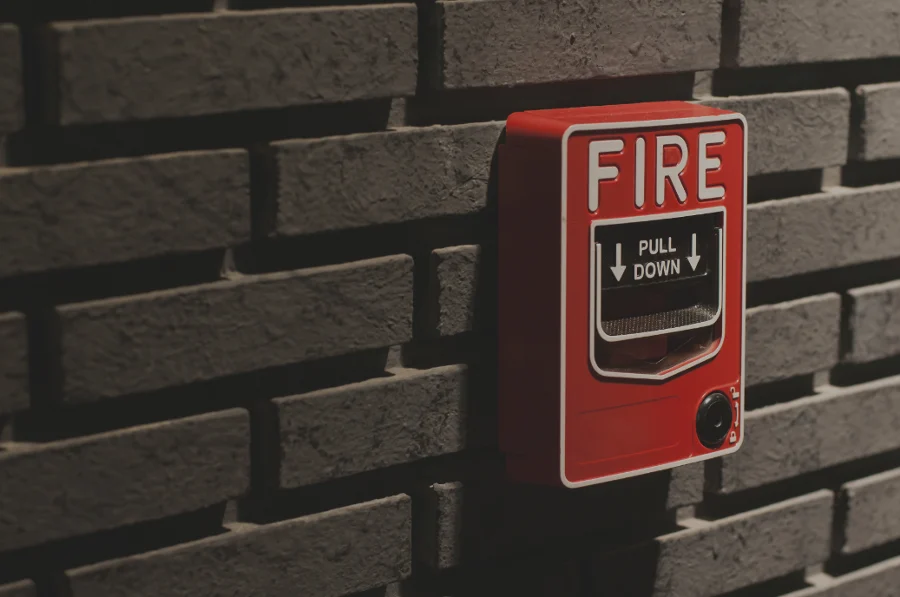
Conventional vs. Addressable: Which Fire Alarm System is Right for You?
These are currently the two main systems on the market, particularly for commercial spaces. However, is one better than the other? Is there a right choice for you? These are the questions that will be answered below. Here is what you should know:
What is the Layout of Your Building
The first thing to consider is the size and the complexity of the layout of the building. If you have a smaller building, then a conventional system may make more sense. Of the two fire alarm panels, this is the one that is placed in zones. As such, it can only alert to smoke or flames in a larger area.
Addressable systems, on the other hand, have individual addresses for each of their alarms. These are hooked up to the main system. Due to this setup, you can pinpoint the exact spot that the fire is emanating from.

With smaller buildings, you will not need something quite as specific as you can narrow down the zone with either. However, if you have a larger space or the structure is complex, then addressable setups are far more effective.
What is Your Budget?
Although you shouldn’t put a price tag on safety, you often have no choice but to do just this. Thus, you have to consider which system you can afford. If you are on a limited budget, then a conventional setup is the way to go as it tends to be a cheaper option. And, although these systems may be falling out of favor, you should have peace of mind knowing that they are still quite reliable.
Of course, if you can expand your budget a little, then the addressable system is certainly a great upgrade. Although you invest more initially, you can save on the installation and even maintenance. Not to mention, it keeps your building considerably safer.
What Level of Detection and Protection Do You Need?
Every building is different when it comes to fire safety. Some places have a greater risk due to greater number of flammable substances or electrical components. Other spaces, on the other hand, may house a significant number of people.

If your building is a high-risk area or if you are under obligation to keep people safe, then an addressable system will be the better option. This is because it can direct firefighters to the exact position that they need to go to.
However, if your building is rarely used or has a very low risk of fire, then such a setup may seem excessive.
Weighing the Pros and Cons
In the end, it is important to weigh the pros and cons of each system, specific to you and your building. It is the only way to determine which option is the right one for you. It can also help to talk to experts to get a clearer picture of both systems.
These are the top guidelines for deciding which system is right for you. Analyze this information and then determine what your choice should be – you are sure to make the right one!




